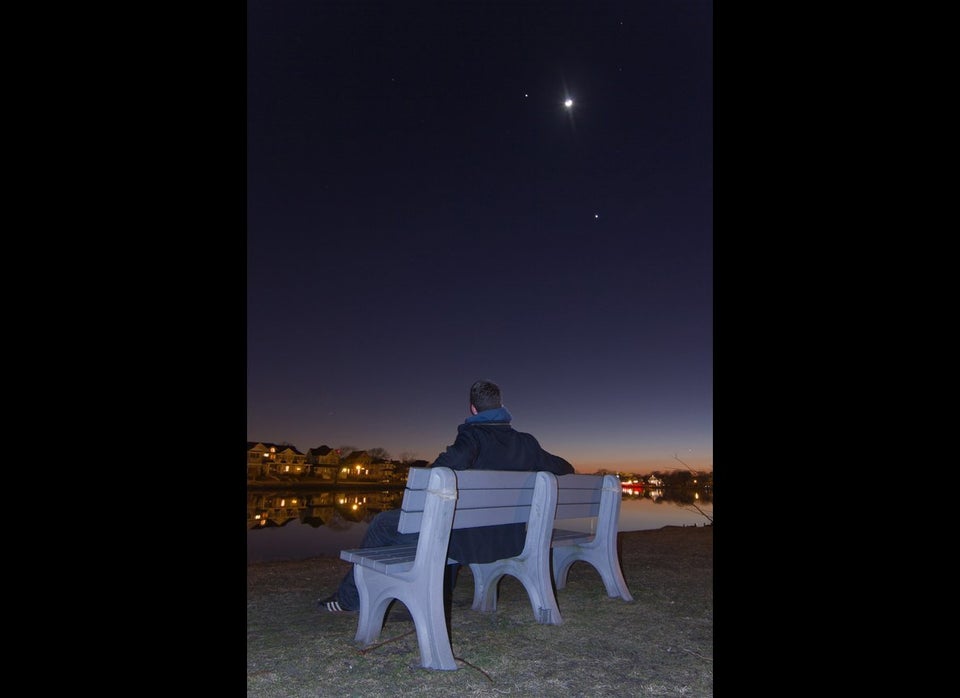October skywatchers are in for a treat (not a trick) this week.
The 2014 Orionid meteor shower will peak early Tuesday morning, Oct. 21, and it should be quite a show.
"We expect to see about 20 meteors per hour," Bill Cooke, head of NASA's Meteoroid Environment Office, said in a written statement. "With no Moon to spoil the show, observing conditions should be ideal."
The Orionid shower takes place every year in mid- to late October. The shower is one of two that occur as Earth passes through debris left behind by Halley's comet. The other shower, called the Eta Aquarids, occurs in May.
(Story continues below.)

Orionid meteors fly out of a radiant near the shoulder of Orion, the Hunter. In this sky map, the radiant is denoted by a red dot. Although the meteors emerge from a single point, they can appear anywhere in the sky.
How can you see the meteor shower? Look toward the constellation Orion between midnight and dawn (southeast for those in the northern hemisphere, and northeast for those in the southern). You should be able to see a shooting star every three minutes or so, astronomers say. If you miss the meteor shower on Tuesday, you may be able to spot shooting stars Wednesday morning too.
The Slooh space camera will live-stream the meteor shower with help from telescopes in the Canary Islands and Prescott, Ariz. beginning at 8 p.m. EDT on Oct. 21. Just check it out in the video above.
If you snap an amazing photo of a meteor, we want to see it! Click below to send.

